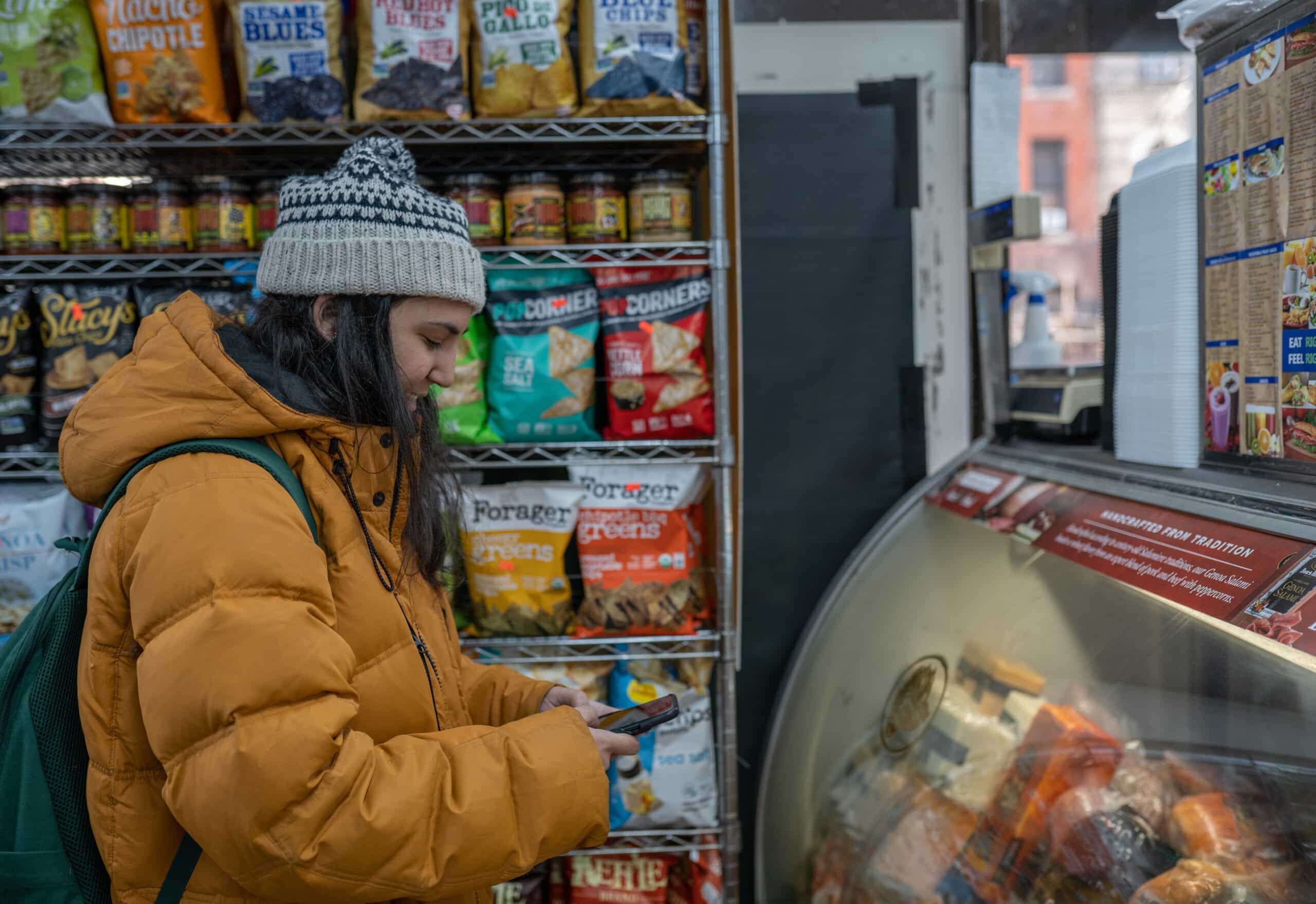Managing personal finances can be challenging, but with the right budgeting method, it becomes much easier to stay on track and achieve financial goals. One popular and effective budgeting technique is the ‘cash stuffing’ method of budgeting (also known as the ‘envelope method’).
What is cash stuffing? It’s a straightforward approach that helps people allocate their money to different spending categories using physical envelopes. (Please note that in the past, ‘cash stuffing’ has also sometimes referred to a type of embezzlement scheme, but this type of ‘cash stuffing is completely legal. A life of crime is never the answer!)
How to make cash stuffing work for you
1. Categorize your expenses
Start by making a list of all your regular monthly expenses, like groceries, utilities, rent or mortgage payment, car payment, entertainment, and savings. Assign a specific budgeted amount to each category based on your income and financial goals.
2. Label your envelopes
Once you’ve set your budget, label several envelopes, one for each spending category. If you want to make it a little more fun and intuitive, try using color-coded envelopes, based on priority or other aspects of each category.
3. Add cash to envelopes
Withdraw the budgeted amount in cash for each category and place the appropriate amount into its respective envelope. For instance, if you’ve allocated $300 for groceries this month, put $300 in the “Groceries” envelope. You may even choose to have an extra envelope where any extra, unallocated cash can go—it could be for something fun, like a vacation you want to take next year, or a practical goal like saving for a new dishwasher.
4. Use envelopes for expenses
Throughout the month, spend money only from the appropriate envelopes. For example, when buying groceries, use the cash from the “groceries” envelope. This method helps you see the physical money you’re handing over, and creates a conscious connection between your spending and your budget.
5. Track your spending
As you spend cash from each envelope, keep a record of the expenses and the remaining cash in the envelope. It can be a fun challenge to see how much of each envelope’s cash you can save—maybe you focus on only buying groceries that are on sale, or growing your own herbs, so cut down your budgeted grocery cost. Regularly review your spending to ensure you stay within your budget limits.
Benefits of cash stuffing
1. Increased awareness
Using physical envelopes makes you more conscious of your spending. When you see the cash in your envelopes decreasing, you become more mindful of how and where you’re spending money.
2. Eliminates overspending
With cash stuffing, you can’t overspend in a specific category unless you borrow from another envelope. This prevents impulsive purchases and helps you stick to your budget.
3. Forces prioritization
Cash stuffing requires you to allocate money to your most essential expenses first. It encourages you to prioritize your most important financial goals, such as saving and paying off debt.
4. Reduced reliance on credit
Since you’re using cash for most expenses, you’re less likely to rely on credit cards, which is a good safeguard against accumulating debt.
5. Simple and customizable
One of the reasons cash stuffing is popular is that it’s easy to understand and adapt to your personal financial situation. You can create as many or as few envelopes as you need, tailoring your budget to suit your lifestyle.
6. Great for Irregular Incomes
This budgeting approach can be especially useful for people with irregular incomes, like freelancers. By setting aside cash for your essential expenses, you make sure that the critical bills are covered even during lean months.
Cash stuffing: the bottom line
The cash stuffing method of budgeting can be a practical, effective way to manage your finances. By using actual envelopes to separate your cash into various categories, you gain a greater awareness of your spending habits, eliminate overspending, and prioritize your financial goals. It also promotes responsible money management and reduces your reliance on credit, helping you stay on track toward a strong financial future.



